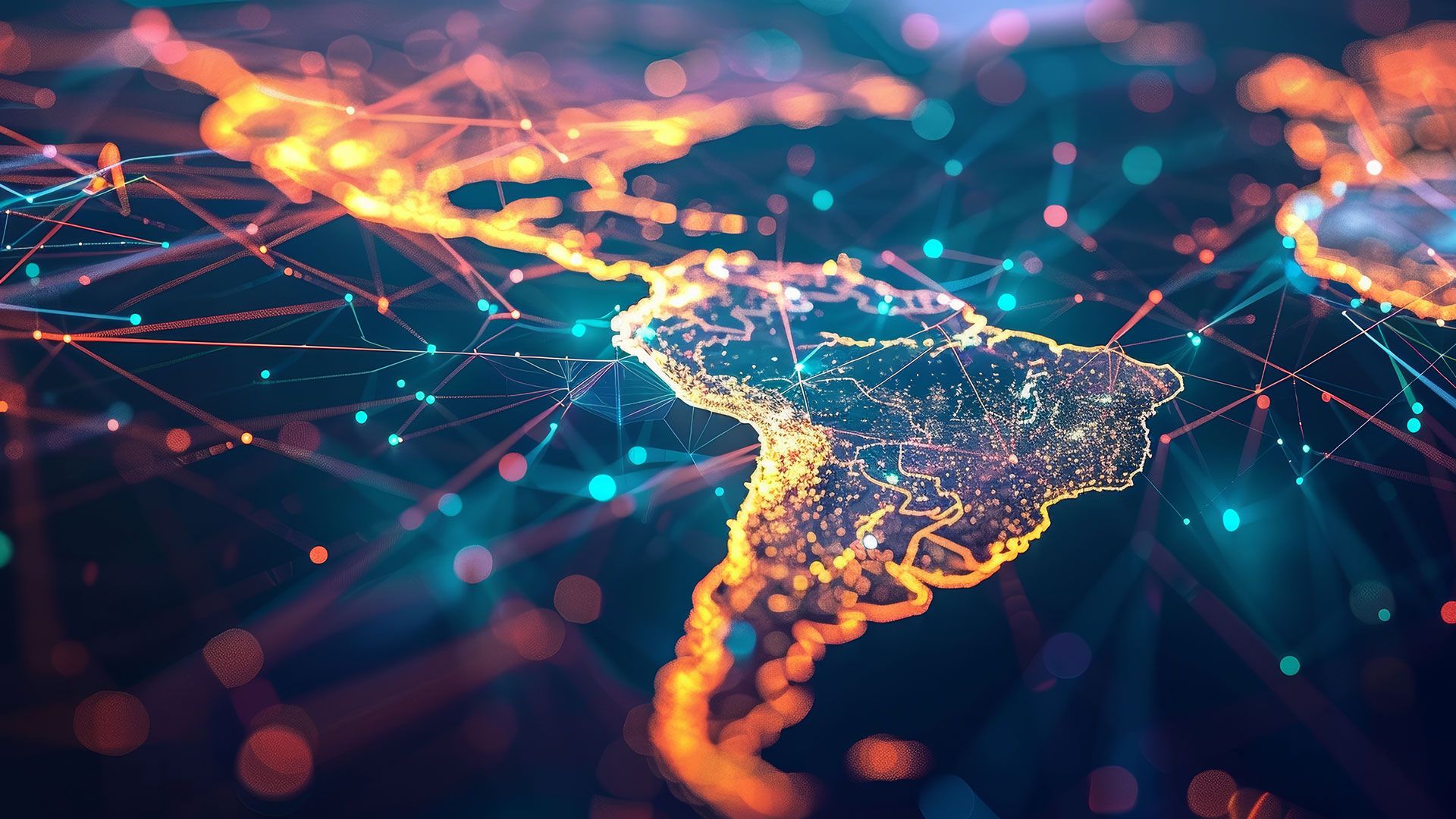
Beyond WRC-23: Mobile growth and protecting science services in the Americas
By Victor Martínez, Chairman, Working Group for Regional and World Radiocommunication Conferences, Inter-American Telecommunication Commission (CITEL)
International treaties ensure harmony among different interests and needs in the economic, social, political and cultural fields. This is particularly true in specific areas such as the environment or telecommunications.
The Radio Regulations − the international treaty facilitating equitable access to and rational use of the natural resources of the radio-frequency spectrum and geostationary satellite orbits – are no exception; especially at a time of pressing need to guarantee access to new technologies and services to connect the unconnected.
At the recent World Radiocommunication Conference (WRC-23), the agenda was structured around issues that had not been resolved for several years. Member States of the International Telecommunication Union (ITU) were faced with the challenge of conducting preparatory work amid the COVID-19 pandemic, which clearly redefined previous priorities and projections.
Regional organizations, backed up by their respective member states, played a significant role in shaping the outcomes of WRC-23. This was certainly the case for the Inter-American Telecommunication Commission (CITEL) − the regional telecommunication organization representing the Americas.
CITEL, which promotes and facilitates the full and sustainable development of telecommunications and information and communication technologies (ICTs), is responsible for coordinating the region’s preparatory work for each ITU World Radiocommunication Conference. This includes developing Inter-American Proposals that represent the consensus and vision of CITEL’s members on the various items on the conference agenda.
The cooperation and consensus-building that took place between different regional telecommunication organizations were also visible in the results achieved by the end of WRC-23. In mobile telecommunications, satellite services, and science services, for example, the various parties exerted significant efforts to overcome diverging positions and reach workable agreements.
Mobile telecommunications
The identification of harmonized frequency bands for International Mobile Telecommunications (IMT) is always a topic that generates high interest at WRCs. After extensive analysis and discussion, the conference agreed on the identification of 3300-3400 megahertz (MHz), 3600-3800 MHz, 6425-7125 MHz, 10.0-10.5 GHz frequency bands for IMT in some regions or countries.
Such decisions will help the telecom industry meet the growing demand for mobile services in different regions and countries, helping to achieve universal coverage.
Also noteworthy was the result on the use of high-altitude platform stations as IMT base stations (HIBS) – a technology that can be useful for providing mobile broadband services in remote or marginalized areas. WRC-23 identified different frequency bands for this use and established specific standards for HIBS operation.
Satellite services
Satellite services are crucial to enable universal connectivity, especially in remote and isolated areas. They are also increasingly necessary in emergency situations, as well as in the monitoring of oceans and terrestrial ecosystems for environmental protection. For this reason, issues related to satellite connectivity have become more prominent on World Radiocommunication Conference agendas in recent years, and particularly at WRC-23.
There, the main topic of discussion was on the coexistence of non-geostationary orbit (non-GSO) and geostationary orbit (GSO) satellites. Discussions centred on ensuring the spectrum sustainability of associated orbital resources used by space services while seeking equitable access to those resources by all countries.
On this point, WRC-23 produced broad and fruitful results. The identification of new frequency bands and the definition of provisions for Earth stations in motion (ESIM), specifically in the non-geostationary fixed-satellite service, will allow for the provision of high-speed broadband services in maritime and aeronautical stations.
The provisional recognition of the BeiDou Satellite Messaging Service System for use in the Global Maritime Distress and Safety System (GMDSS) is also noteworthy.
Scientific services
Scientific services are increasingly important for the protection of human life and the exploration of the solar system. WRC-23, therefore, sought to ensure their continuity.
The conference not only recognized the importance of meteorological sensors but also defined them in relation to the meteorological aids (MetAids) service, effectively granting them the same protection.
Turning to radio astronomy, WRC-23 took steps towards creating a registry of observation sites to protect other active services. It also defined possible allocations to the space research service for discussion at future WRCs.
Finally, the conference endorsed the modification of Coordinated Universal Time (UTC) from reliance on periodic leap-second adjustments to a continuous time scale. This decision will prevent the emergence of time scales not recognized by ITU, with variances that could affect the proper functioning of telecommunication systems in the future.
Future agenda
The main world regions also reached broad consensus on future conference agendas, ensuring that the new study cycle begins in the same spirit of cooperation and mutual understanding. This will allow us to continue achieving successful results for the benefit of all.
Discover more about WRC-23 outcomes in ITU News Magazine
Header image credit : Adobe Stock/AI generated
